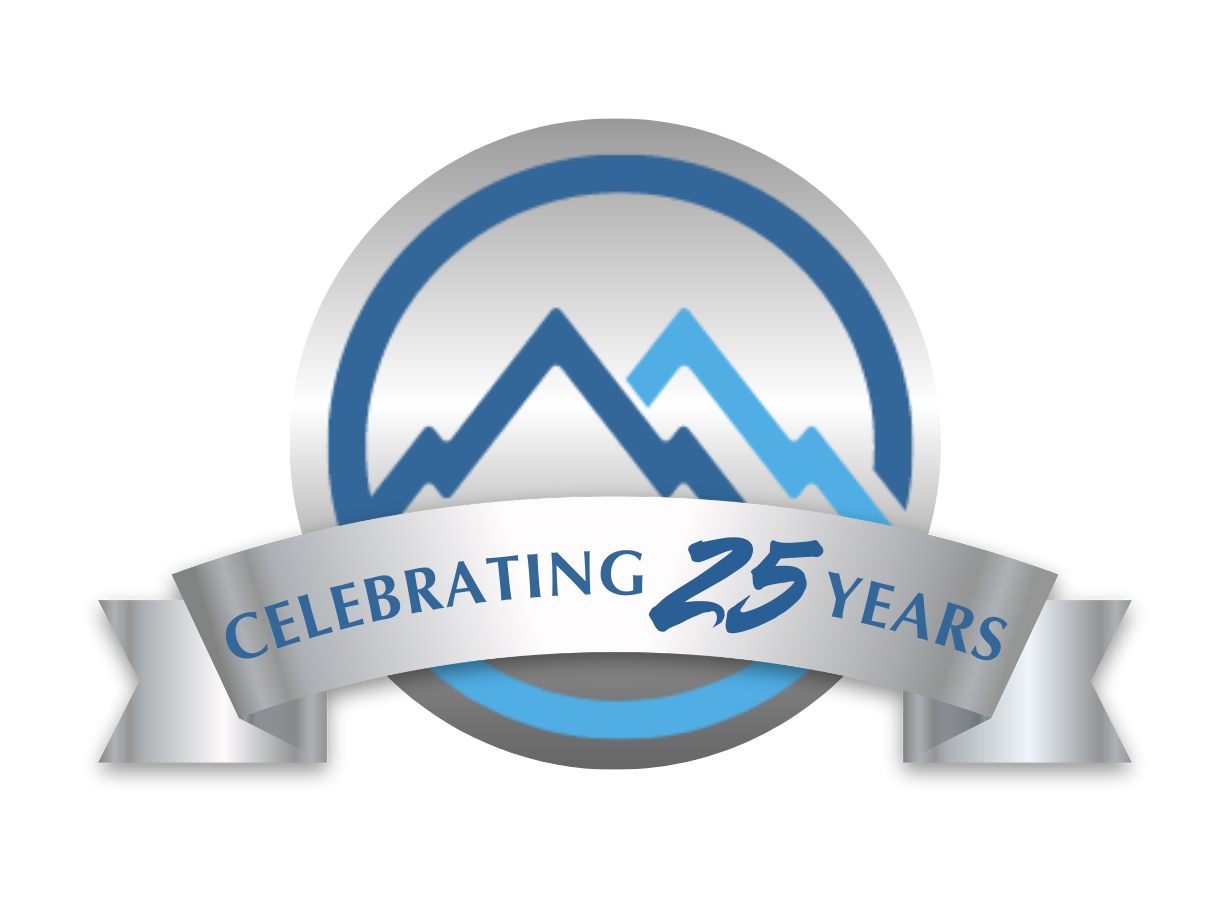Conservation
Our Water Conservation Policy
Mountain Regional Water takes conservation and protection of its natural resources very seriously. While at times - we may enjoy the luxury of a few good wet years, we have learned to operate our system as if we are in a DROUGHT. Why you may ask? Because a drought is inevitable in Utah – and they are usually extended and last several years at a time. If our system is not designed for such a natural swing in our weather patterns, we will not be able to serve our customers in the peak of the worst drought years.
In Summit County – water is sparse and as such is very expensive in this high desert environment. Because of this – resource protection and conservation plays a key role in our water planning and development strategies. The better we conserve – the more our delicate water resources will be there for us when the environment tightens the natural supply line so to speak. Also – conserving water plays a key role in the enhancement of the stream water resources in Snyderville Basin, particularly East Canyon Creek and Silver Creek. These river systems are small and very easily polluted. By using water conserving landscaping practices, less pollutants, i.e. chemical nutrients, are carried into the surface water environment, minimizing algae blooms. These blooms can rob the river systems of critical oxygen and seriously jeopardize the ability of the river ecosystems to support wildlife. It is often said that lush green lawns can also mean green rivers.
Our Water Conservation Plan
Here is Mountain Regional Water District's complete water conservation plan. This plan is updated every few years and is a requirement of the State of Utah for all public water suppliers. Because energy is one of the largest direct costs associated with water delivery - our plan includes an energy strategy as well.
Mountain Regional Water Conservation Plan 2025Forever Blue
This video offers a great introduction to the value of our water resources and the need for wise conservation - and although we're not living in Hawaii, the importance of this message is common across all areas.
